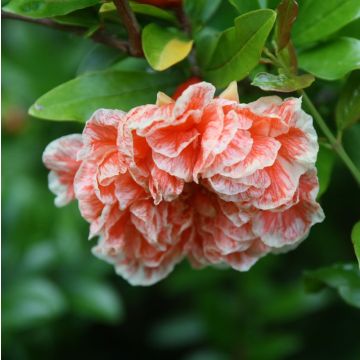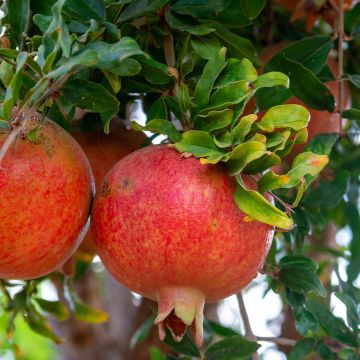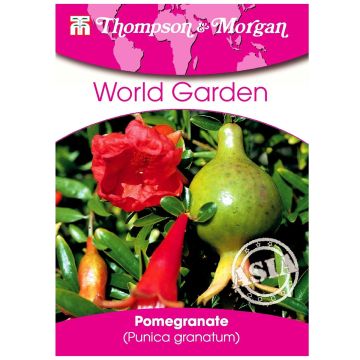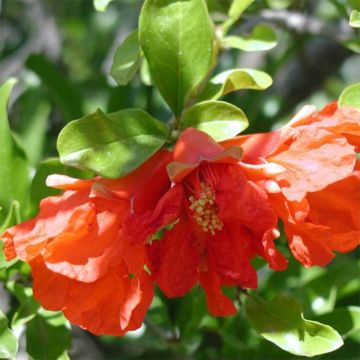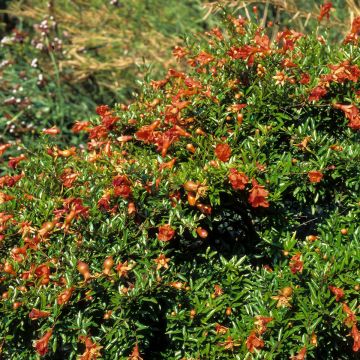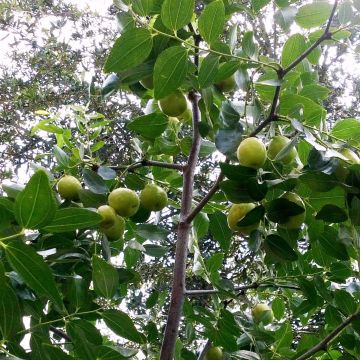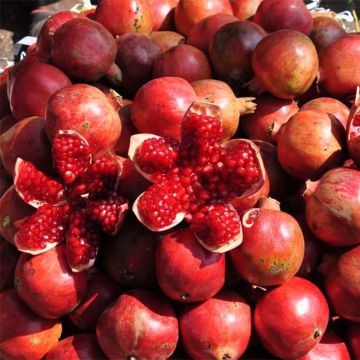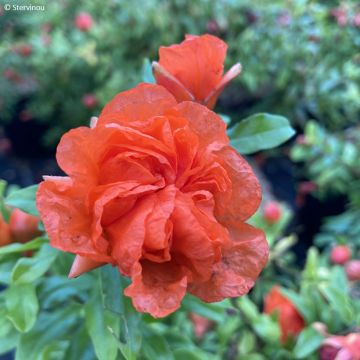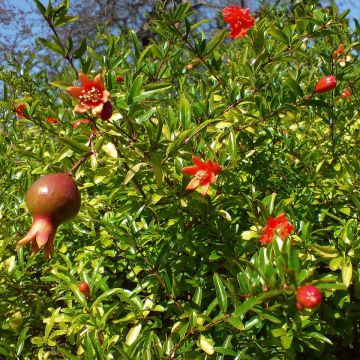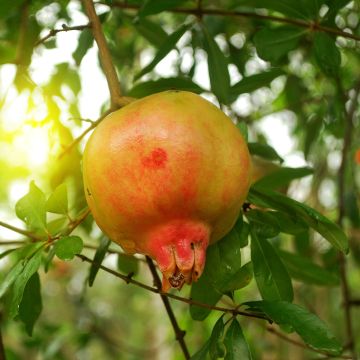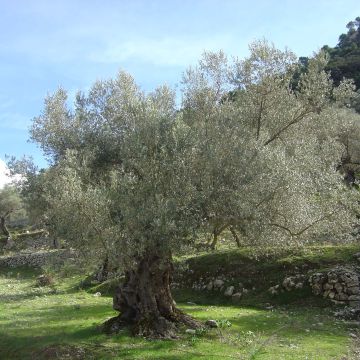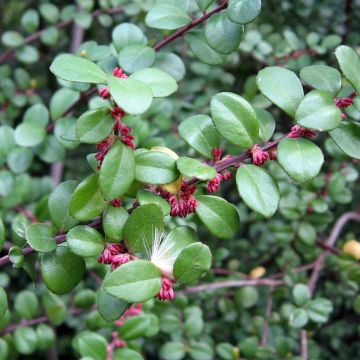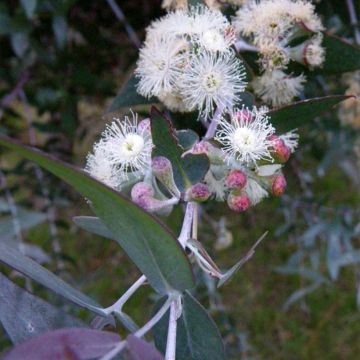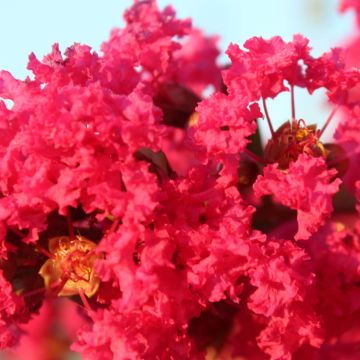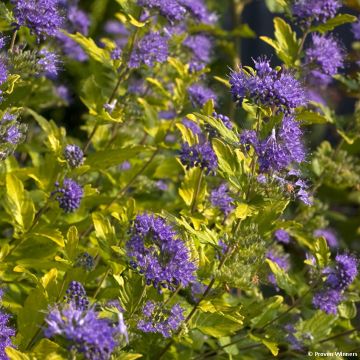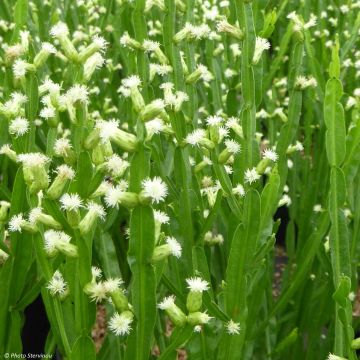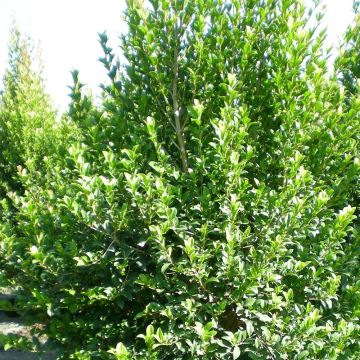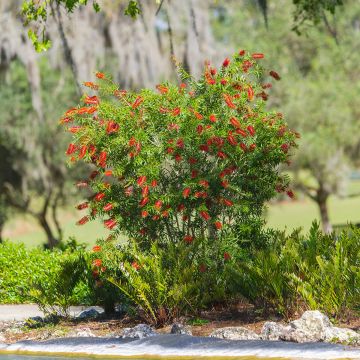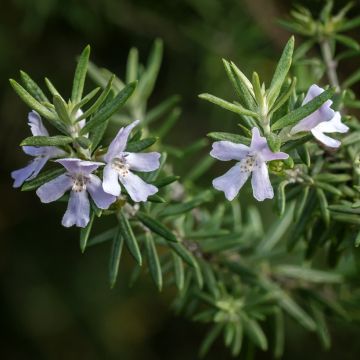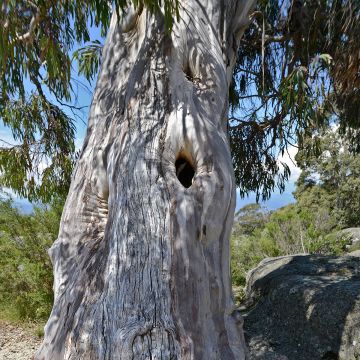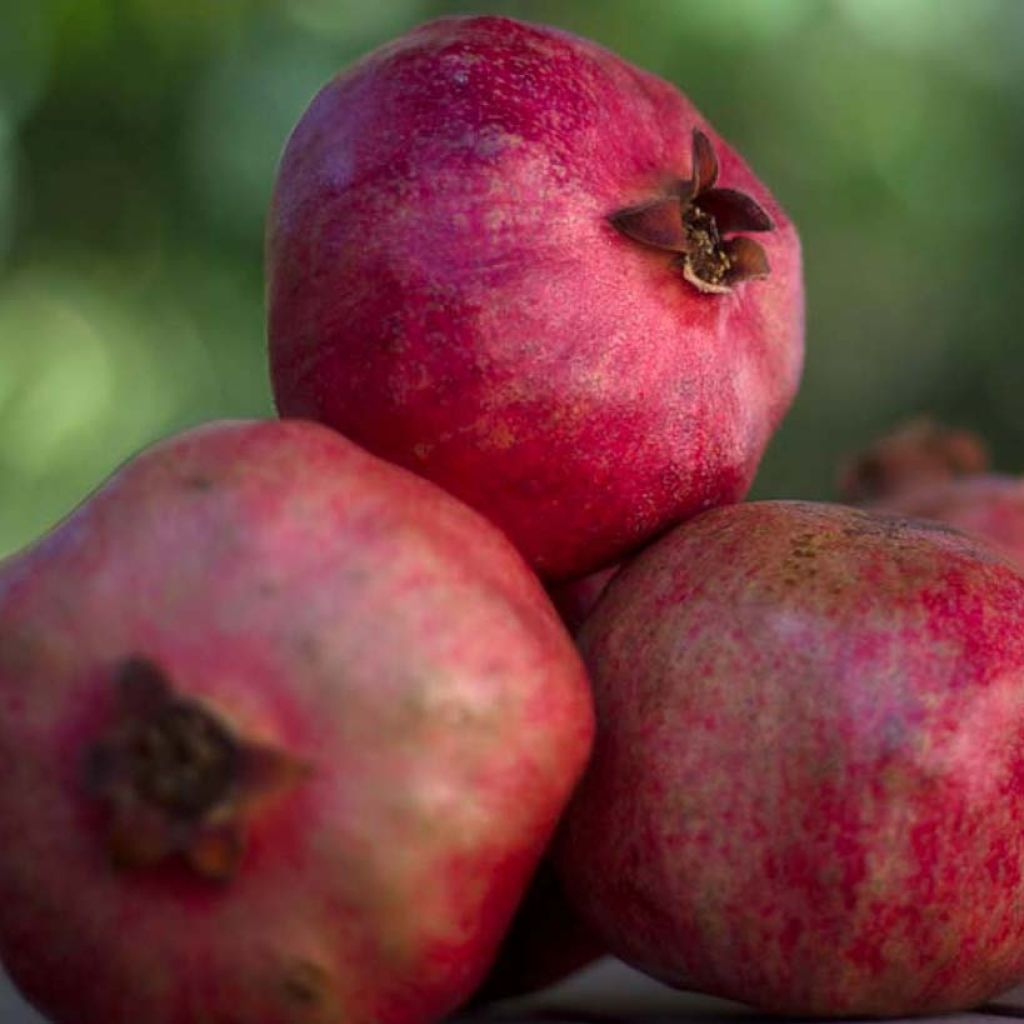

Grenadier à fleurs - Punica granatum Noshi Shibari
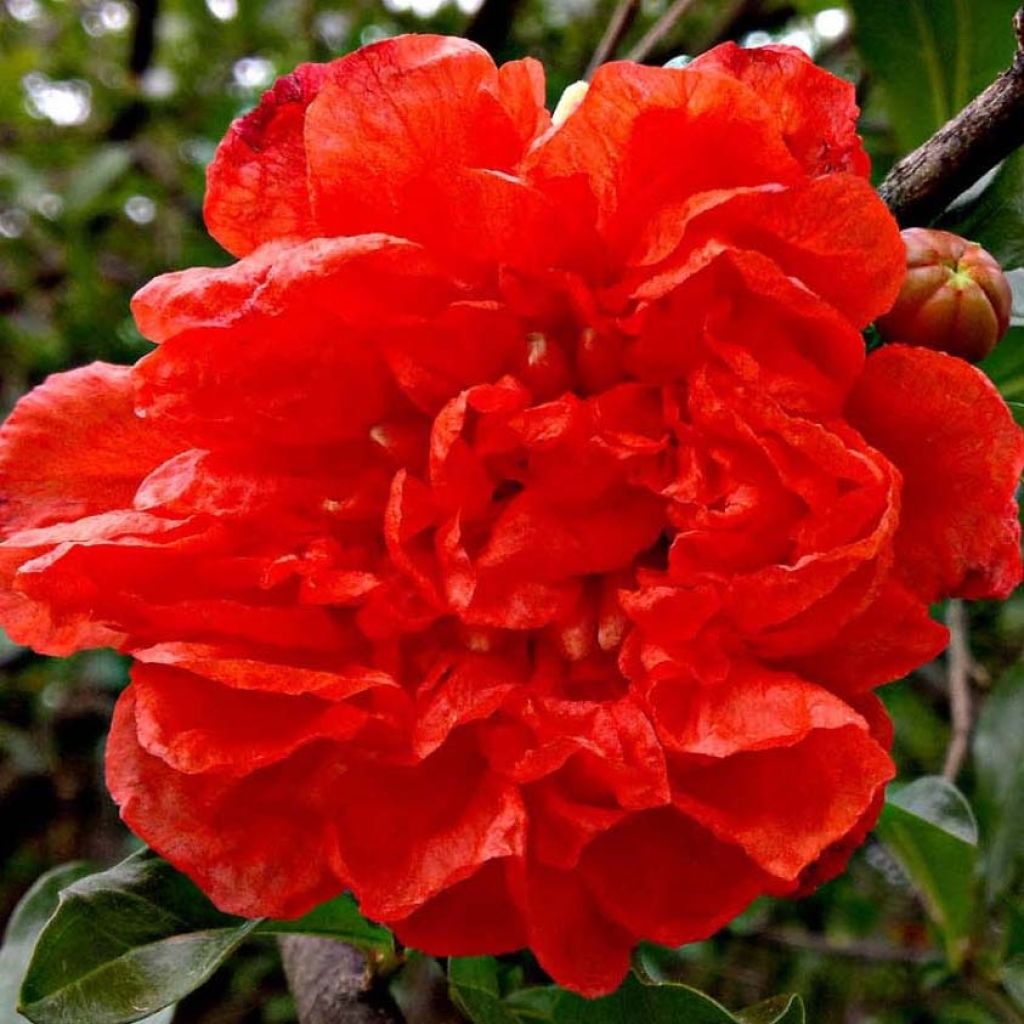

Grenadier à fleurs - Punica granatum Noshi Shibari
Punica granatum Noshi Shibari - Pomegranate
Punica granatum Noshi Shibari
Ornamental pomegranate
Ordered on a Sunday, delivered the following Tuesday... you can't get any faster than that! The bush was very well packed, not a single bud in sight for now, I'm eagerly awaiting its development!
nathalie, 05/04/2021
This item cannot be shipped to the selected country
Oversize package delivery charge from €6.90
More information
Schedule delivery date,
and select date in basket
This plant carries a 6 months recovery warranty
More information
We guarantee the quality of our plants for a full growing cycle, and will replace at our expense any plant that fails to recover under normal climatic and planting conditions.
Oversize package: home delivery by special carrier from €6.90 per order..
Express home delivery from €8.90.

Description
Punica granatum Noshi Shibari is an ancient variety of flowering pomegranate of Japanese origin, appreciated not for its fruits, which almost never form, but for its magnificent and long double flowering. Its large crumpled flowers are loaded with petals whose very vivid colour is intermediate between red and orange. They are enhanced by beautiful foliage, of a vibrant spring green colour. Vigorous and generous, it is also a low-maintenance and easy-to-grow bush, even in dry soil. Its flowering brings a rare colour to the garden, which will be superb alongside ceanothus or white lilacs, for example.
The flowering pomegranate Noshi Shibari is a small tree or large bush from the Lythraceae family, related to the purple loosestrife (Lythrum salicaria) which is so common near waterways. The fruiting pomegranate, from which it descends, originates from a vast region that covers southeastern Europe and extends eastward to the Himalayas.
'Noshi Shibari' first forms a clump of non-thorny and slightly tangled branches in its youth, showing fairly rapid growth until maturity, which does not occur until the age of 5. The adult plant develops at a much slower pace, forming a small tree 3 to 3.50 m (9 ft 10 in to 11 ft 6 in) in height with a minimum spread of 2 m and a spreading and rounded habit, after a few years. From a clump, it becomes a tree with a gnarled-looking trunk, reminiscent of olive trees. The initially smooth grey-beige bark peels as it ages. Flowering sometimes starts as early as April, depending on the region. It continues from May-June until August, on slightly arched branches at least one year old. The flowers are large for the species and measure 6 cm (2.4 in) in diameter. They are composed of numerous crumpled petals in a red-orange emerging from a thick waxy-textured calyx that resembles a pomegranate bud. But in this variety, like in all double-flowered pomegranates, the flowers are sterile and no fruits are formed. The deciduous foliage consists of small ovate, thick and glossy, vibrant green leaves. They emerge bronze to purple in spring and turn golden yellow before falling in autumn.
A symbol of abundance like its emblematic ancestor of ancient civilizations, the flowering pomegranate is a magnificent subject to plant in a warm location. Hardy down to -12/-15°C, it will easily thrive wherever olive trees and fig trees can survive. It can also be used as a hedge, with regular pruning, combined with star jasmine (Trachelospermum jasminoides), myrtles, and even, as in the gardens of the Alhambra, with large shrub roses (Rosa complicata, Rosa glauca, Ghislaine de Feligonde, Rosa mutabilis...).
The city of Granada, a crossroad between Arab and Andalusian civilizations, located in southern Spain, owes its name to the presence of the pomegranate, brought by the Moors and abundantly planted in the mythical gardens of the Alhambra palace. This tree also thrived in the Hanging Gardens of Babylon and was discovered by the Romans in Carthage, who named it the Carthage Apple.
Report an error about the product description
Punica granatum Noshi Shibari - Pomegranate in pictures
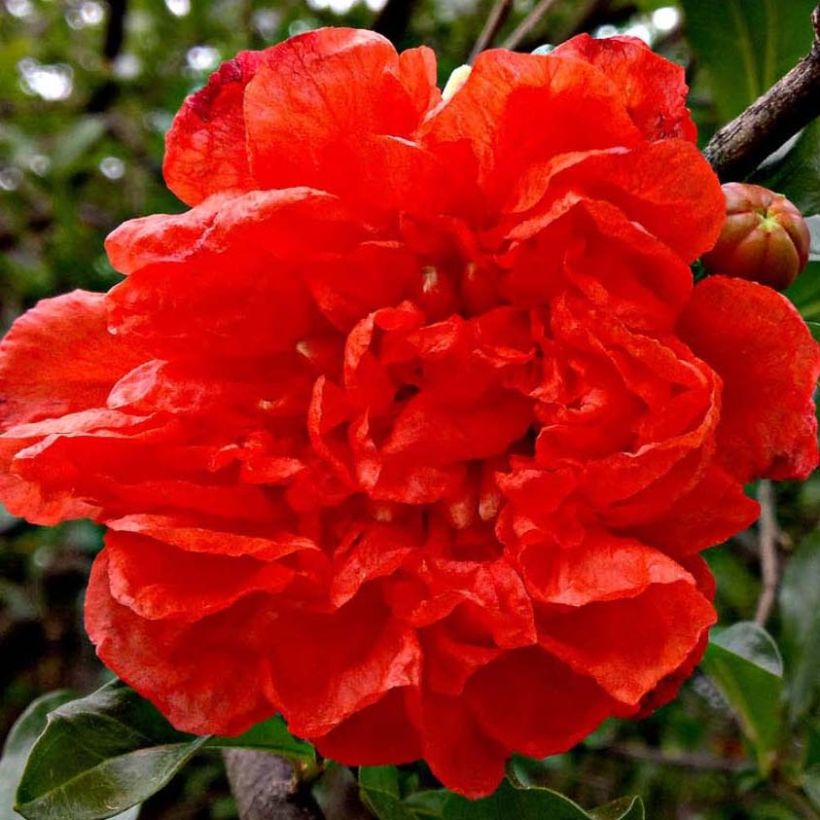

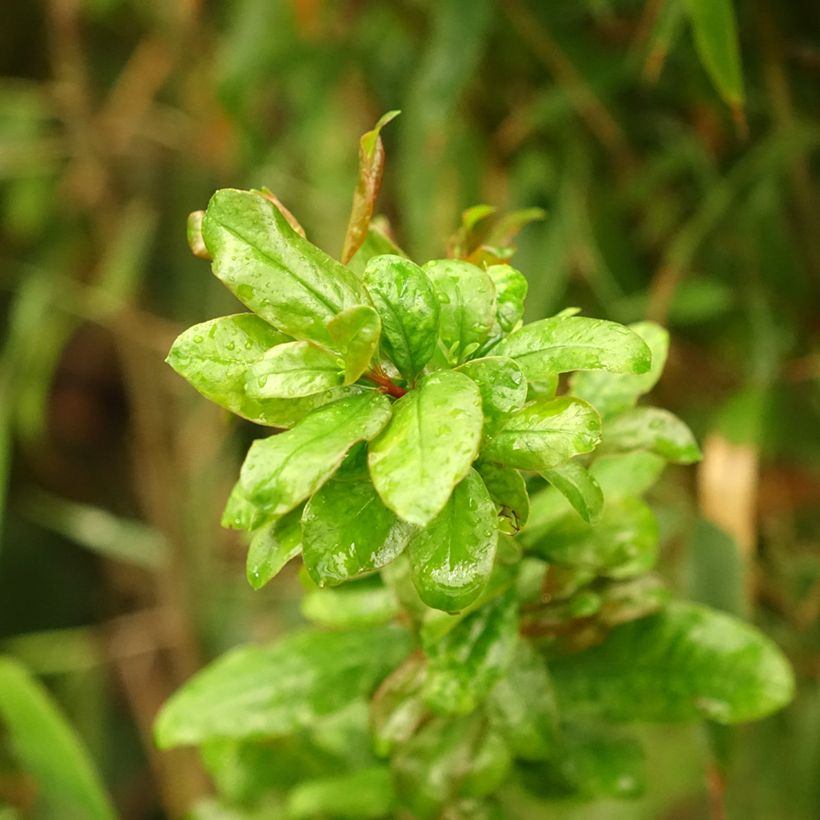

Plant habit
Flowering
Foliage
Botanical data
Punica
granatum
Noshi Shibari
Punicaceae
Ornamental pomegranate
Cultivar or hybrid
Other Punica - Pomegranate
Planting and care
We advise you to plant the Punica granatum Noshi Shibari in spring, after the last frost in a cool region, but autumn in a hot and dry climate. Install it in a very sunny and sheltered position, or in partial shade in a hot climate, in deep, loose, even limestone soil. It is very drought-resistant and can tolerate arid conditions, but it will only reach its full potential and flower abundantly in soil that is sufficiently moist at depth. It can withstand salt spray. Monitor watering in summer during the first two years. It will appreciate a mulch of a thick layer of dead leaves, especially during the first two winters in cold regions. Pruning in early spring can help shape a small tree with a single trunk or beautifully carried by 3 or 4 trunks more quickly: keep the most vigorous stem(s) in a young plant and remove the others. In the following years, systematically remove the branches that sprout on the small trunk(s) until the desired height is reached. Note: flowering only occurs on branches that are one year old or older, so prune just after flowering, and sparingly!
The pomegranate tree has no specific enemies; it is a very robust species.
Propagation by cuttings of dry wood in winter or by herbaceous cuttings in spring.
Planting period
Intended location
Care
-
, onOrder confirmed
Reply from on Promesse de fleurs
Mediterranean shrubs
Haven't found what you were looking for?
Hardiness is the lowest winter temperature a plant can endure without suffering serious damage or even dying. However, hardiness is affected by location (a sheltered area, such as a patio), protection (winter cover) and soil type (hardiness is improved by well-drained soil).

Photo Sharing Terms & Conditions
In order to encourage gardeners to interact and share their experiences, Promesse de fleurs offers various media enabling content to be uploaded onto its Site - in particular via the ‘Photo sharing’ module.
The User agrees to refrain from:
- Posting any content that is illegal, prejudicial, insulting, racist, inciteful to hatred, revisionist, contrary to public decency, that infringes on privacy or on the privacy rights of third parties, in particular the publicity rights of persons and goods, intellectual property rights, or the right to privacy.
- Submitting content on behalf of a third party;
- Impersonate the identity of a third party and/or publish any personal information about a third party;
In general, the User undertakes to refrain from any unethical behaviour.
All Content (in particular text, comments, files, images, photos, videos, creative works, etc.), which may be subject to property or intellectual property rights, image or other private rights, shall remain the property of the User, subject to the limited rights granted by the terms of the licence granted by Promesse de fleurs as stated below. Users are at liberty to publish or not to publish such Content on the Site, notably via the ‘Photo Sharing’ facility, and accept that this Content shall be made public and freely accessible, notably on the Internet.
Users further acknowledge, undertake to have ,and guarantee that they hold all necessary rights and permissions to publish such material on the Site, in particular with regard to the legislation in force pertaining to any privacy, property, intellectual property, image, or contractual rights, or rights of any other nature. By publishing such Content on the Site, Users acknowledge accepting full liability as publishers of the Content within the meaning of the law, and grant Promesse de fleurs, free of charge, an inclusive, worldwide licence for the said Content for the entire duration of its publication, including all reproduction, representation, up/downloading, displaying, performing, transmission, and storage rights.
Users also grant permission for their name to be linked to the Content and accept that this link may not always be made available.
By engaging in posting material, Users consent to their Content becoming automatically accessible on the Internet, in particular on other sites and/or blogs and/or web pages of the Promesse de fleurs site, including in particular social pages and the Promesse de fleurs catalogue.
Users may secure the removal of entrusted content free of charge by issuing a simple request via our contact form.
The flowering period indicated on our website applies to countries and regions located in USDA zone 8 (France, the United Kingdom, Ireland, the Netherlands, etc.)
It will vary according to where you live:
- In zones 9 to 10 (Italy, Spain, Greece, etc.), flowering will occur about 2 to 4 weeks earlier.
- In zones 6 to 7 (Germany, Poland, Slovenia, and lower mountainous regions), flowering will be delayed by 2 to 3 weeks.
- In zone 5 (Central Europe, Scandinavia), blooming will be delayed by 3 to 5 weeks.
In temperate climates, pruning of spring-flowering shrubs (forsythia, spireas, etc.) should be done just after flowering.
Pruning of summer-flowering shrubs (Indian Lilac, Perovskia, etc.) can be done in winter or spring.
In cold regions as well as with frost-sensitive plants, avoid pruning too early when severe frosts may still occur.
The planting period indicated on our website applies to countries and regions located in USDA zone 8 (France, United Kingdom, Ireland, Netherlands).
It will vary according to where you live:
- In Mediterranean zones (Marseille, Madrid, Milan, etc.), autumn and winter are the best planting periods.
- In continental zones (Strasbourg, Munich, Vienna, etc.), delay planting by 2 to 3 weeks in spring and bring it forward by 2 to 4 weeks in autumn.
- In mountainous regions (the Alps, Pyrenees, Carpathians, etc.), it is best to plant in late spring (May-June) or late summer (August-September).
The harvesting period indicated on our website applies to countries and regions in USDA zone 8 (France, England, Ireland, the Netherlands).
In colder areas (Scandinavia, Poland, Austria...) fruit and vegetable harvests are likely to be delayed by 3-4 weeks.
In warmer areas (Italy, Spain, Greece, etc.), harvesting will probably take place earlier, depending on weather conditions.
The sowing periods indicated on our website apply to countries and regions within USDA Zone 8 (France, UK, Ireland, Netherlands).
In colder areas (Scandinavia, Poland, Austria...), delay any outdoor sowing by 3-4 weeks, or sow under glass.
In warmer climes (Italy, Spain, Greece, etc.), bring outdoor sowing forward by a few weeks.

































